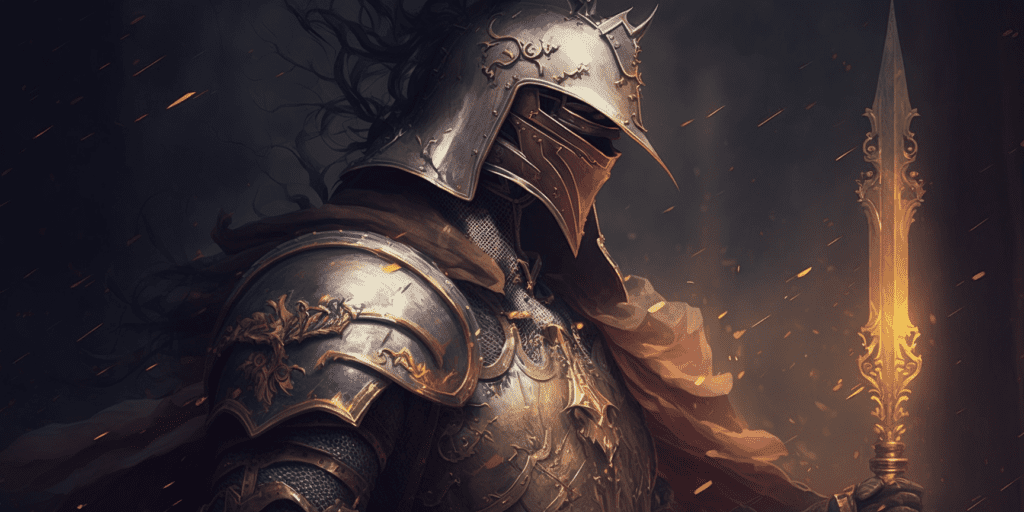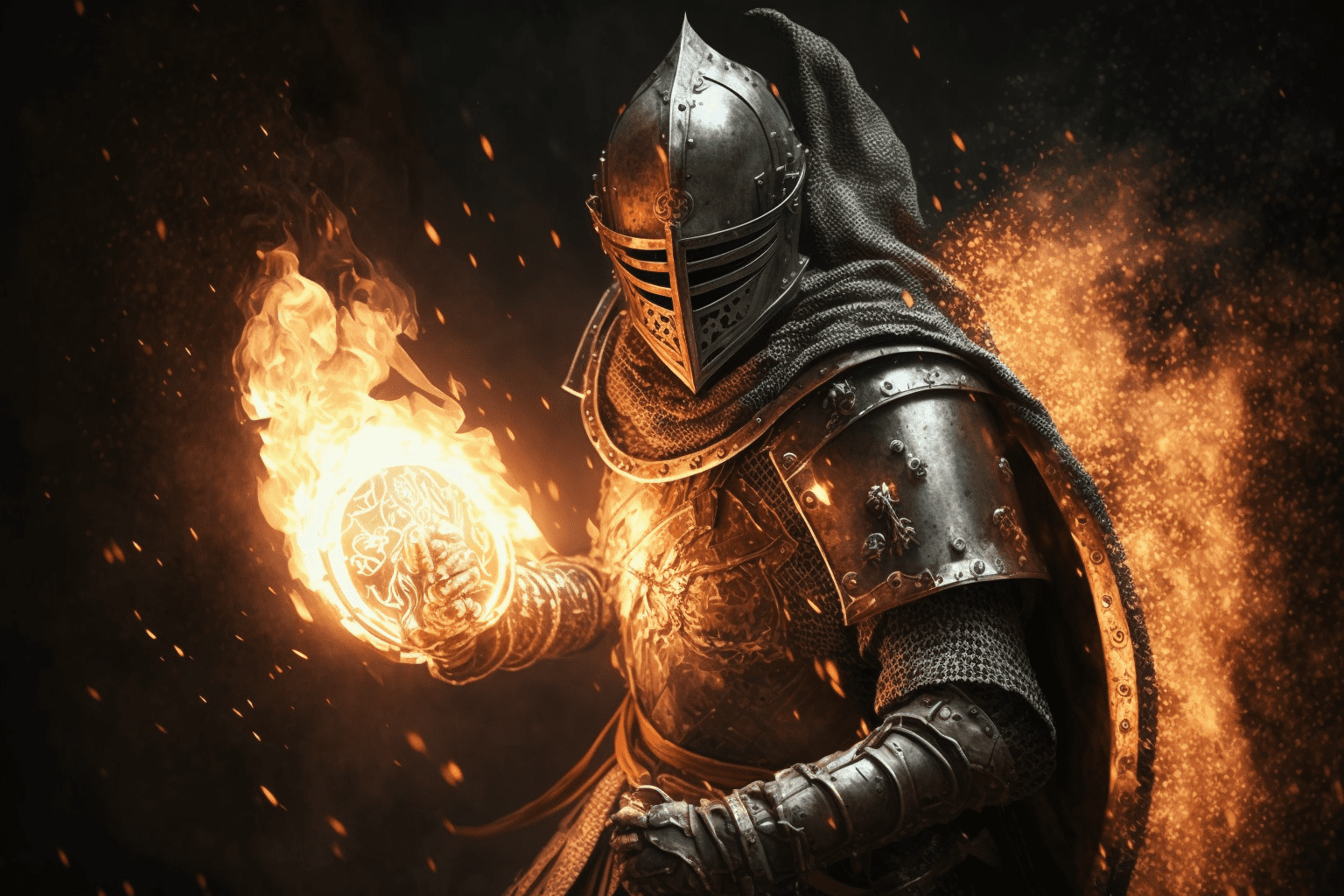If you’re unsure of what class to play in DnD, fret not. You have the option of specializing in more classes than one. However, the rules regarding multiclassing can be slightly confusing for new players.
That’s why I’ve written this resource. Hopefully, after reading this, you will know how to approach multiclassing. So, how does multiclassing work in DnD?
In Dungeons and Dragons, multiclassing is when you specialize in more classes than one. This way, you can effectively try more than one class at the same time. This can help you realize character concepts that otherwise wouldn’t be available, or min-max character builds. Some DMs allow multiclassing while others do not, and you need to ask your DM if it’s allowed before doing it.
There are many rules associated with multiclassing in DnD that you need to know about. Keep reading to find out more about these rules and much more!
How Does Multiclassing Work in DnD?

Multiclassing effectively means that you can play more than one class. You can do this if you want to try two classes out of indecision, or if you simply want to combine classes to realize a more accurate portrayal of your character.
Many players also multiclass because it lets them min-max their builds and become incredibly effective, but some DMs do not let their players do this.
Multiclassing in DnD 5e works differently from the previous edition of DnD, 4e. However, it works similarly to 3.5e. Whether or not it’s allowed, however, is up to your DM. Ask your DM before campaigns to see if it’s allowed.
There are certain requirements that you need to meet before you can multiclass. For example, you need to have an ability score of 13 in the primary attribute of the class you want to specialize in.
| Artificer | 13 Intelligence |
| Barbarian | 13 Strength |
| Bard | 13 Charisma |
| Cleric | 13 Wisdom |
| Druid | 13 Wisdom |
| Fighter | 13 Strength or Dexterity |
| Monk | 13 Wisdom and Dexterity |
| Paladin | 13 Strength and Charisma |
| Ranger | 13 Dexterity and Wisdom |
| Rogue | 13 Dexterity |
| Sorcerer | 13 Charisma |
| Warlock | 13 Charisma |
| Wizard | 13 Intelligence |
This system works both mechanically and flavorwise, in my opinion. These requirements naturally provide better and worse combinations in multiclassing, depending on who your character is.
For example, a Barbarian will have an easier time multiclassing as a Fighter than as a Wizard, since the Barbarian naturally has a lot of Strength but not a lot of Intelligence. To me, that makes sense in roleplaying aspects as well.
Spellcasters combine spell pools. The pool is still based on their current level. There are more rules relating to combining spell slots when multiclassing spellcasters, and you should read the source material from the Player’s Handbook regarding this.
When it comes to leveling, your total level is the sum of the levels in your classes. For example, if you have three levels in Fighter and two levels in Barbarian, you need the XP required from levels 5 to 6 to acquire a new level in either of your classes.
You don’t get any starting gear when specializing in other classes, and you don’t get two charges of a spell if both of the classes have it in their spellbook.
Some class features have special exceptions as well. For example, if your starting class has Unarmored Defense, you can’t gain it twice from multiclassing in another class with Unarmored Defense.
There are more special rules like this one, and they’re available in the Player’s Handbook. I highly recommend getting it if you haven’t already.
Is Multiclassing Worth it in DnD?

Should you multiclass in DnD? Is it worth it? First of all, if you have no particular reason for multiclassing, don’t do it. Mono-classes are absolutely fine, and multiclassing isn’t necessarily better.
In my opinion, you should multiclass for roleplaying purposes if you want to complete a character concept, or if your character has flaws that need fixing. For example, if you have terrible AC, or if you need new spells to be effective, you should consider multiclassing.
However, don’t multiclass to min-max a build. This is only my opinion, but that opinion is shared by many DMs. Another thing to consider is that you might lose future advanced features for your main class.
You get a total of 20 levels, which means that you won’t be able to get your level 20 features, although it can be argued that it doesn’t matter that much since DnD games end before level 20 anyway.
The benefits are pretty obvious, and that’s why I’ve only mentioned the cons. You can get the benefits of multiple class features at once and achieve very good synergy if you multiclass, but make sure that you have your reasons.
How Do Multiclassing Proficiencies Work?
Since you have two different levels when multiclassing, does that affect your proficiency bonus? The answer to that is a very simple no. The proficiency bonus of a character is based on the total level, not the individual class levels.
As I mentioned earlier, when you specialize in a new class, you get certain proficiencies from it. I’ll list the proficiencies below.
| Artificer | Medium armor, light armor, shields, thieves’ tools, tinker’s tools |
| Barbarian | Shields, shields, martial weapons |
| Bard | Light armor, 1 skill of your choice, one musical instrument |
| Cleric | Medium armor, light armor, shields |
| Druid | Light armor, medium armor, shields |
| Fighter | Medium armor, light armor, shields, simple weapons, martial weapons |
| Monk | Shortswords, simple weapons |
| Paladin | Medium armor, light armor, shields, simple weapons, martial weapons |
| Ranger | Medium armor, light armor, shields, simple weapons, martial weapons, and one skill from the Ranger’s skill list |
| Rogue | Light armor, one skill from the Rogue’s skill list, thieves’ tools |
| Sorcerer | No added proficiencies |
| Warlock | Simple weapons, light armor |
| Wizard | No added proficiencies |
After you’ve leveled once in another class, you don’t get all of their level-one proficiencies, as you may have noticed. This is simply to hinder people from taking one level in a bunch of classes only for the proficiencies.
What is the Best Multiclassing Combo?

There are a ton of options when it comes to multiclassing in DnD 5e. However, what combination has been shown to be the best over the years? Let’s go through it.
Most multiclass specializations are mid-game builds, and while they lose late-game bonuses that mono-classes would get, they make up for it in other departments.
I don’t think that there’s a clear number one when it comes to multiclassing, but there are certainly close contenders. For example, the level 2 Paladin and X Bard build is very strong, having access to Divine Smite a lot more often than Mono Paladins would have.
Plus, you get access to heavy armor and good survivability spells, which will make you incredibly tanky. This is just one of the many good multiclass combinations in DnD, however.
I wouldn’t really recommend just looking up the strongest multiclass option and then going with it: you’ll get tired of it. Instead, go with something that you find cool. That’ll be more fun in the long run, in my opinion.
Do You Get to Pick a Subclass For Both Classes?
Yes, you get to pick a subclass from both of your classes when multiclassing in Dungeons and Dragons. However, you can’t multiclass the same class and use different subclasses for that class.
Remember, however, that classes get to select subclasses at different levels, so you won’t necessarily get to pick a subclass directly when you choose your other class.
Clerics and Sorcerer get their subclasses at level 1, Wizards get it at level two. Most classes, however, get their subclass options at level 3.
Can You Multiclass Into the Same Class?
As I stated previously, you can not multiclass into the same class, and therefore, you can’t play two subclasses from the same base class. Whether or not your DM allows it anyway is an entirely different question, however.
Here’s how the Player’s Handbook breaks it down:
With this rule, you have the option of gaining a level in a new class whenever you advance in level, instead of gaining a level in your current class.
As you can see, the wording of the rule is quite clear: you get to gain a level in a new class whenever you advance in level — not pick another subclass of your base class.

